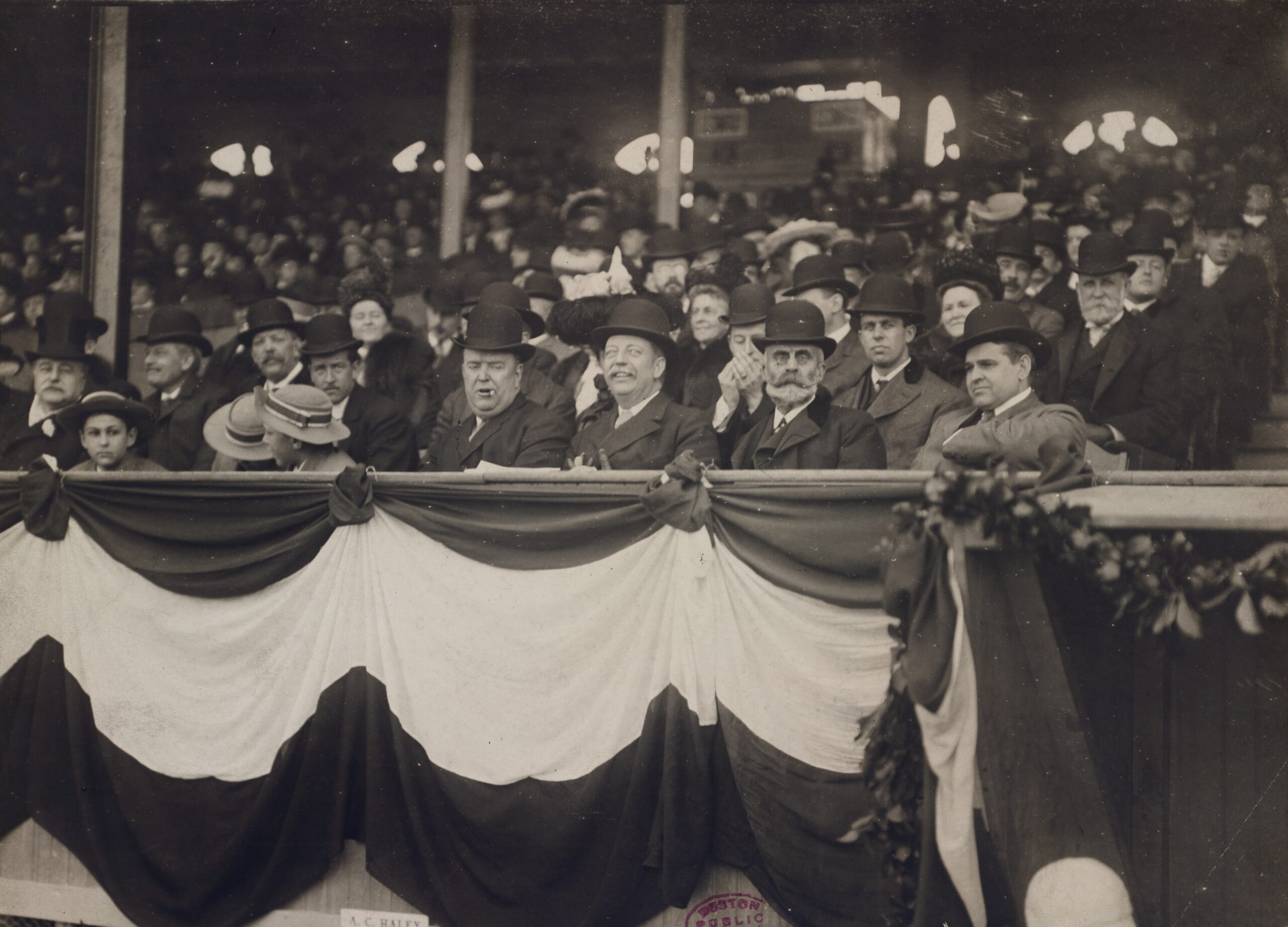Introduction
When we think of a man crying, our first instinct might be to assume that he is shedding tears of happiness or joy. However, it is important to remember that men, just like women, experience a wide range of emotions that can lead to tears. In this blog post, we will explore the concept of a man crying, focusing on tears that are not necessarily tears of happiness.
The Stigma Surrounding Male Emotions
Traditionally, society has placed certain expectations on men when it comes to displaying emotions. Men are often expected to be strong, stoic, and unemotional. This societal pressure can make it difficult for men to express their true feelings, leading to a suppression of emotions that can have negative consequences for their mental health.
However, times are changing, and the importance of men’s emotional well-being is being recognized. Men are now encouraged to embrace their emotions and express themselves in healthy ways. Crying is one such way of releasing pent-up emotions and should not be seen as a sign of weakness.
Tears of Sadness
One of the most common reasons for a man to cry is sadness. Just like women, men experience heartbreak, loss, and disappointment, and these emotions can often be overwhelming. Crying can be a cathartic release, allowing men to process their emotions and find comfort in the support of others.
It is important to acknowledge that crying does not indicate weakness or a lack of masculinity. On the contrary, it takes strength to confront and express one’s emotions, and crying can be a healthy and natural response to sadness.
Tears of Grief
Grief is another powerful emotion that can lead to tears. When a man experiences the loss of a loved one, whether it be a family member, friend, or pet, the pain can be immense. Crying is a way for men to honor the memory of the person they have lost and to cope with the profound sense of emptiness that comes with grief.
By allowing themselves to cry, men can navigate the grieving process and find solace in the support of others. It is important for society to recognize and validate these tears of grief, providing a safe space for men to express their emotions without judgment or shame.
Tears of Frustration
Men, like anyone else, can become frustrated when faced with challenges or obstacles. Whether it is a professional setback, a relationship issue, or a personal struggle, frustration can build up and eventually lead to tears. Crying in these moments can serve as a release valve, allowing men to let go of their frustration and find clarity and resolution.
It is crucial to create a supportive environment where men feel comfortable expressing their frustrations and seeking help when needed. By normalizing tears of frustration, we can promote healthier emotional well-being for men.
Tears of Empathy
Men are often portrayed as tough and unemotional, but they are capable of deep empathy. Witnessing the pain or suffering of others can evoke strong emotions that may manifest as tears. These tears of empathy demonstrate a man’s capacity for compassion and his ability to connect with the emotions of those around him.
Encouraging men to embrace their empathetic nature and allowing them to express their emotions can lead to stronger relationships and a more compassionate society as a whole.
Conclusion
It is important to remember that men, just like women, experience a wide range of emotions that can lead to tears. Whether it is sadness, grief, frustration, or empathy, crying is a natural and healthy way for men to express their emotions and find solace. By breaking down the stigma surrounding male emotions and creating a supportive environment, we can help men embrace their feelings and lead happier, more fulfilling lives.
